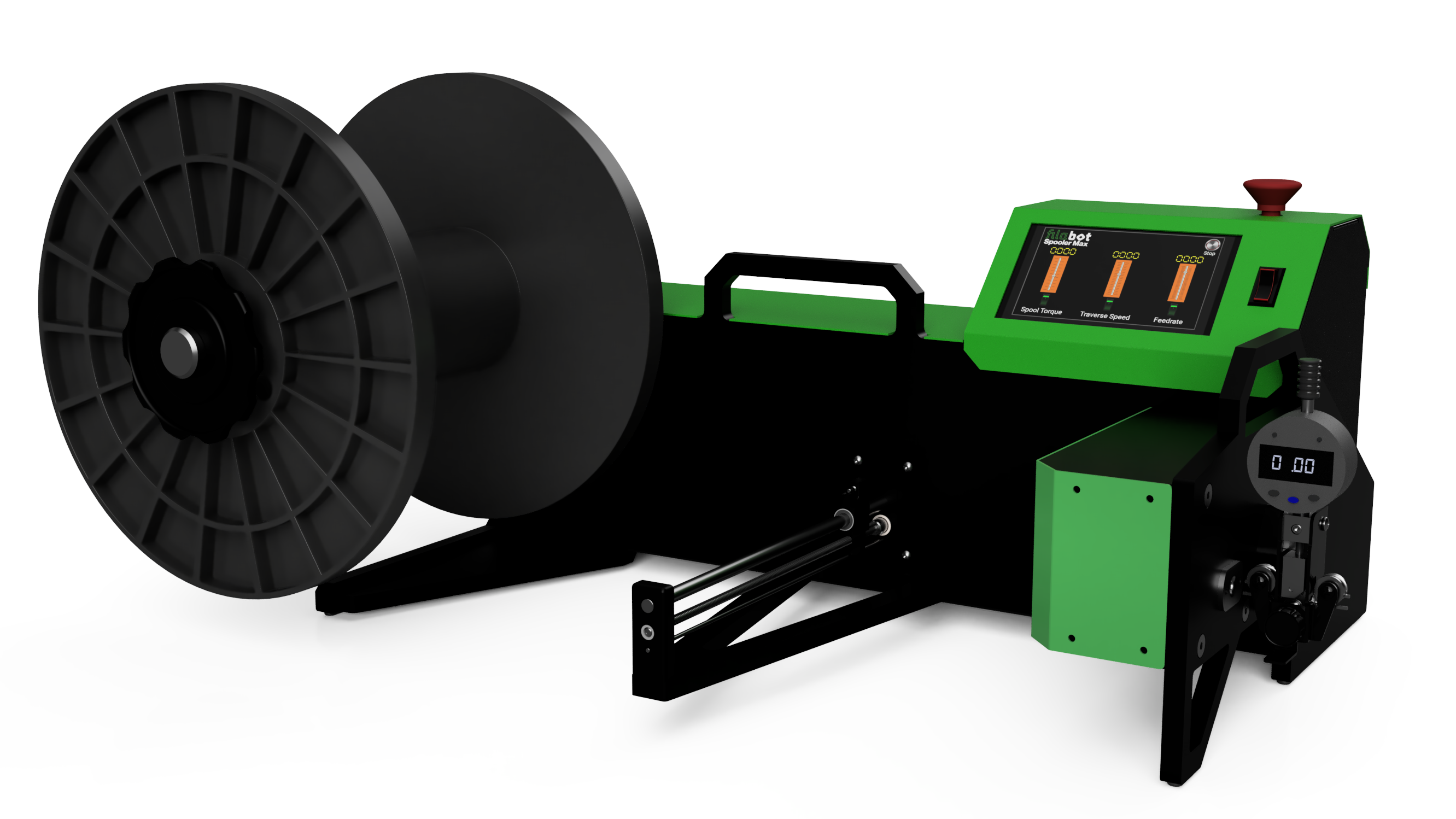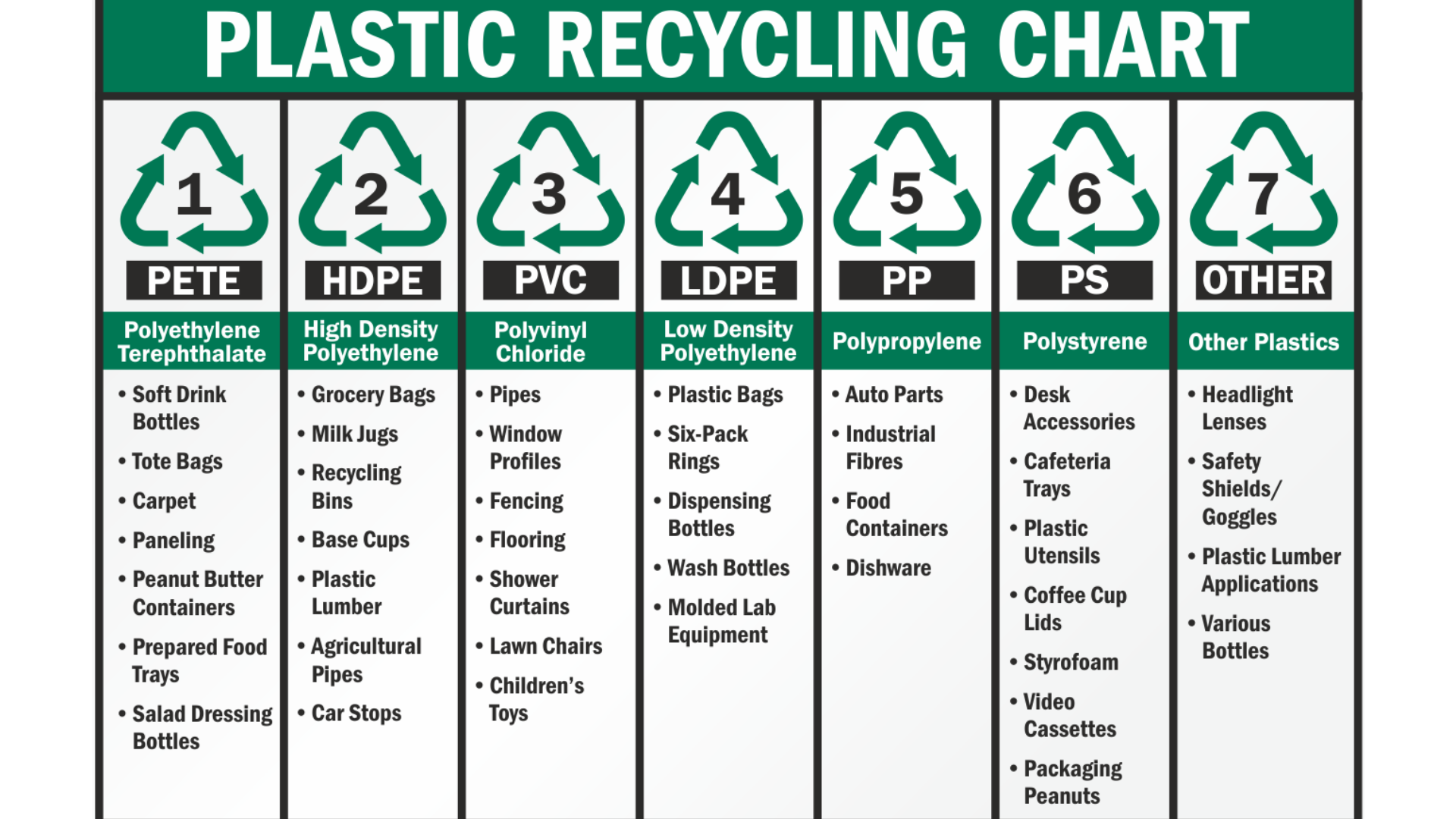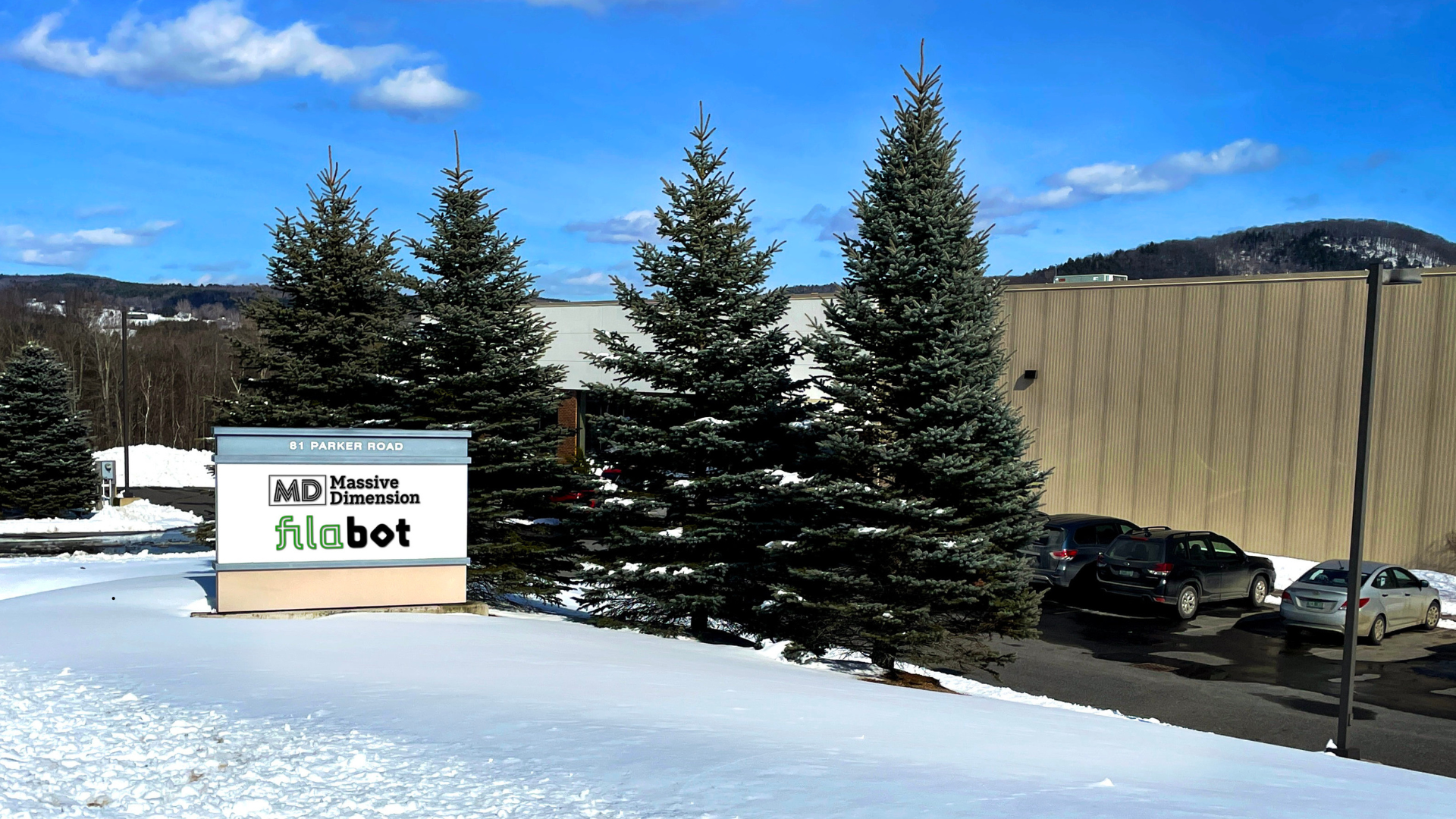Short answer: if you’re relying on an oven or basic hot-air hopper, your pellets probably aren’t as dry as you think—especially for hygroscopic polymers like PET, nylon, and PBT.
In extrusion or pellet-based 3D printing workflows, the moisture level in thermoplastic pellets (or flake/regrind) is often an underappreciated yet mission-critical factor. If the polymer isn't properly dried, residual water can degrade molecular chains (via hydrolysis), cause bubbles or voids, lead to flow instabilities, and impair mechanical properties of the finished part.
Many do “oven drying” or low-cost heated air hoppers and assume “it’s dry enough.” But is it really? In practice, achieving and maintaining the extremely low moisture levels needed by hygroscopic materials (e.g. PET, nylon, PBT, ABS blends) demands a dedicated heated + desiccant dryer with tight control over dew point, temperature, flow, and monitoring.
In this article, we’ll cover:
- Why standard drying often falls short
- What a dedicated heated + desiccant dryer offers (and how it works)
- “Is it really dry enough?” — metrics, validation, and practical tests
- Practical tips, pitfalls, and use cases (including Filabot insights)
- Example: Filabot Pellet Drying System in action
- FAQ
- Key takeaways
Why “Just Heating” or Passive Drying Often Fails
Hygroscopic vs non-hygroscopic polymers
Not all plastics absorb moisture equally. Some only take up surface moisture (e.g. many polyolefins), but many engineering resins (nylon, PET, PBT, some copolyesters) absorb water into the polymer matrix. That imbibed water is chemically bound and must be driven off under controlled conditions.
Simply heating the pellets or relying on ambient drying often fails to pull out all the internal moisture. The result: residual ppm levels that cause trouble during melting and extrusion.
The limits of “oven / hot-air hopper” drying
Some common pitfalls:
- Uneven heating: pellets deeper in the bed may not reach the required drying temperature.
- Reabsorption: once removed from a heated environment, pellets can reabsorb ambient moisture if ambient RH is high and exposure time is nontrivial.
- Lack of control: the operator may over- or under-dry (risking polymer degradation or insufficient moisture removal).
- No feedback: without real-time dew point or moisture sensors, one doesn’t know whether the dryer is performing to spec.
In short: “dry enough” is not a subjective guess; it needs measurable assurance.
What a Dedicated Heated + Desiccant Polymer Dryer Brings to the Table
A properly designed polymer drying system combines controlled temperature, low-dew-point desiccated air, regulated airflow, and instrumentation (e.g. dew point sensors, flow/pressure sensors) to actively remove moisture and maintain dryness.
Here are key features and benefits:
Desiccant dehumidification to ultra-low dew point
Desiccant (molecular sieve, silica gel, or crystalline beads) can dry the air to extremely low dew points (e.g. –40 °F or lower), creating a strong driving force for moisture diffusion out of the polymer. The Filabot Pellet Drying System, for instance, uses a dual desiccant bed with switching and claims an ultra-low –40 °F dew point output.
Heated process stream + regeneration
The air used to dry the pellet bed is heated to a suitable temperature (depending on polymer) to accelerate moisture diffusion. Meanwhile, the desiccant bed undergoes regeneration (heating under purge or vacuum) when switched offline.
Automated bed switching and control
A dual-bed (or multiple bed) system allows one desiccant bed to regenerate while the other dries, ensuring continuous operation without moisture spikes. Filabot’s approved dryer has automated bed switching via electric valves.
Integrated monitoring and feedback
A high-quality dryer will include:
- Dew point sensors to verify the dryness of process air (though dew point is about air, not polymer, it helps indicate dryer health).
- Airflow/pressure drop sensors to detect blockages, clogged filters, or insufficient flow (air is the carrier that transports moisture).
- Return air / temperature feedback to monitor temperatures entering the desiccant bed (if the return air is too hot, desiccant performance degrades).
Energy and throughput optimization
Modern dryers may include adaptive control strategies (e.g. adjusting blower speed, airflow, temperature) to match pellet throughput and moisture load. This avoids over-drying (wasting energy) or under-drying.
Physical design to minimize reabsorption and leaks
A well-sealed closed-loop system, leak-checked piping, hopper design to prevent pocketing or bridging, and insulation all help maintain dryness integrity.
Because of these factors, a dedicated dryer helps ensure that every pellet fed to extrusion or printing sees consistent, reliable dryness — not just “some pellets were probably dried.”
“Is It Really Dry Enough?” — Metrics, Validation, and Practical Tests
You need to move from assumption → measurement. Here are known benchmarks, validation methods, and test strategies.
Moisture / ppm targets by polymer
Different polymers have varied moisture tolerance. For example:
- PET (when used in filament) aims for residual moisture under ~50 ppm (0.005 %) in many operations. Filabot’s documentation suggests drying PET flakes or pellets at ~160 °C for 4–6 hours until moisture <50 ppm.
- Nylon, PBT, PET variants: extremely moisture sensitive; even small deviations in ppm can impact mechanical strength and surface quality.
The “–40 °F dew point” spec (for air) is often taken as a baseline target for dryer air — but again: dew point is for air, not pellet moisture.
Measuring / verifying pellet dryness
- Gravimetric loss on drying: weighing samples before and after a defined drying period in a reference oven.
- Karl Fischer titration: a gold standard for absolute water content, albeit more complex and specialized.
- Capacitance or dielectric moisture sensors: some modern systems integrate inline moisture analyzers to measure pellets or resin directly.
- Process artifacts: look for bubbling, surface haze, voids, inconsistent flow, degraded strength — these often betray under-drying more than lab numbers.
Monitoring dryer health
Even with a capable dryer, it can degrade or drift. Key indicators to watch:
- Dew point deviation: if the dryer can’t maintain spec (e.g. rising dew point), it may signal desiccant exhaustion, leaks, or clogging.
- Airflow drop or pressure differential increase: clogged filters or duct leaks hamper drying.
- Return air temperature too high entering desiccant: reduces regeneration performance. If return air exceeds ~140–150 °F, desiccant can't achieve very low dew points.
- Frequent bed switches, erratic alarms, or under-/over-drying alerts from the control system.
Practical workflow test
- Take a batch of pellets (virgin, regrind, or mix).
- Dry them under controlled conditions, and record time, temperature, and dryer parameters.
- Run a small extrusion or printing test on a subset.
- Evaluate defects (voids, bubbles, mechanical properties).
- Iteratively adjust drying profile or system parameters.
If drying changes lead to improved consistency and fewer defects, you are likely catching marginal moisture contributions that would otherwise degrade your product.
Practical Tips, Pitfalls & Use Cases (Including Filabot Insights)
Choosing dryer size & capacity
- Ensure that the dryer capacity (throughput, bed volume, air flow) matches your maximum pellet usage plus a margin.
- Consider buffer/hopper residence time: pellets must remain in the drying zone long enough for moisture diffusion.
- Avoid having too large a dryer for your minimum throughput: underloading may degrade performance or waste energy.
Hopper and material handling design
- Insulate hoppers and pipes to prevent cooling (which invites moisture ingress).
- Use closed loops or purge air zones to prevent ambient air contamination.
- Maintain controlled pellet flow to avoid bridging or dead zones.
Maintenance discipline
- Clean or swap filters regularly (we recommend checking filters at least bi-weekly).
- Inspect and, if needed, replace desiccant periodically (e.g. if it becomes discolored or loses capacity).
- Check for leaks in piping, seals, junctions (ambient air is your enemy).
- Respond to alarms: ignoring them causes drift or overcorrection.
Dealing with volatiles and polymer degradation
Some polymers (PET, nylon, PBT) release volatiles during drying. These can poison or clog desiccant, reducing performance over time. Use purging, trap systems, or schedule desiccant regeneration cycles to avoid buildup.
Also, over-drying (especially at high temperatures) can degrade polymers — making them brittle or altering molecular weight. Balance drying aggressiveness with polymer sensitivity.
Example: Filabot Pellet Drying System in Action
Filabot’s dryer is compact (25″ × 18″ × 38″) and mobile, with a 1 cu ft insulated stainless hopper (≈30 lb capacity) with slide gate.
- It uses a dual desiccant bed system, with automated switching (electric valves) for continuous drying, avoiding manual regeneration.
- The system monitors dew point (–49 °F spec) and includes temperature-controlled regeneration and alarms / event logging.
- Filabot suggests that for PET, their pellet drying system supports drying at ~160 °C for 4–6 hours to reach <50 ppm moisture.
In practice, users of the Filabot dryer should still validate their pellet moisture (via lab or inline sensor) and monitor for signs of drift (e.g. rising dew point, alarms, defects) rather than relying blindly on the “–49 °F spec.”
Need consistent, low-moisture pellets for extrusion or 3D printing?
Filabot’s pellet dryer is designed for serious polymer processing with compact footprint, dual-bed desiccant, and integrated monitoring.
FAQ
- Q: My pellets feel “dry” to the touch — do I still need a desiccant dryer?
-
A: Yes. Surface dryness doesn’t guarantee internal dryness, especially for hygroscopic polymers. Water inside the pellet may not be perceptible but can cause defects during melt.
- Q: Can I just use a vacuum oven or tray dryer?
-
A: For small batches, vacuum or tray dryers may help. But for ongoing continuous extrusion or printing, they often lack capacity, control, or real-time feedback. They typically can’t handle large throughput or maintain low ppm reliably.
- Q: How often should I recalibrate or replace the desiccant?
-
A: Monitor performance (dew point, alarms). If dew point starts rising, or desiccant becomes discolored or fails regeneration, replace it. Some systems suggest a 2-year interval as a guideline.
- Q: Does lower dew point always mean lower pellet moisture?
-
A: Not necessarily. Dew point reflects the dryness of the air. A very low dew point is required to pull moisture out of the pellet, but whether the pellet is fully dry depends on residence time, temperature, diffusion kinetics, and system design.
- Q: What if my system sometimes runs near minimum throughput (low load)?
-
A: Use adaptive control or modular systems. Under-loading a large dryer may cause inefficient drying or over-drying. Some dryers adjust airflow or temperature in response to throughput changes.
Key Takeaways
- Visual or tactile dryness doesn’t guarantee the internal moisture is safely low — for many polymers, even tens of ppm can matter.
- A dedicated heated + desiccant dryer gives control over dew point, temperature, airflow, and feedback, which brings repeatability and reliability.
- Measuring pellet moisture (via gravimetric, Karl Fischer, or inline sensors) is essential — don’t rely on assumptions.
- Monitor dew point, airflow, return air temperature, filter health, and desiccant condition to ensure performance over time.
- Design dryer capacity, hopper layout, maintenance schedule, and control systems to match your actual throughput and polymer sensitivities.




